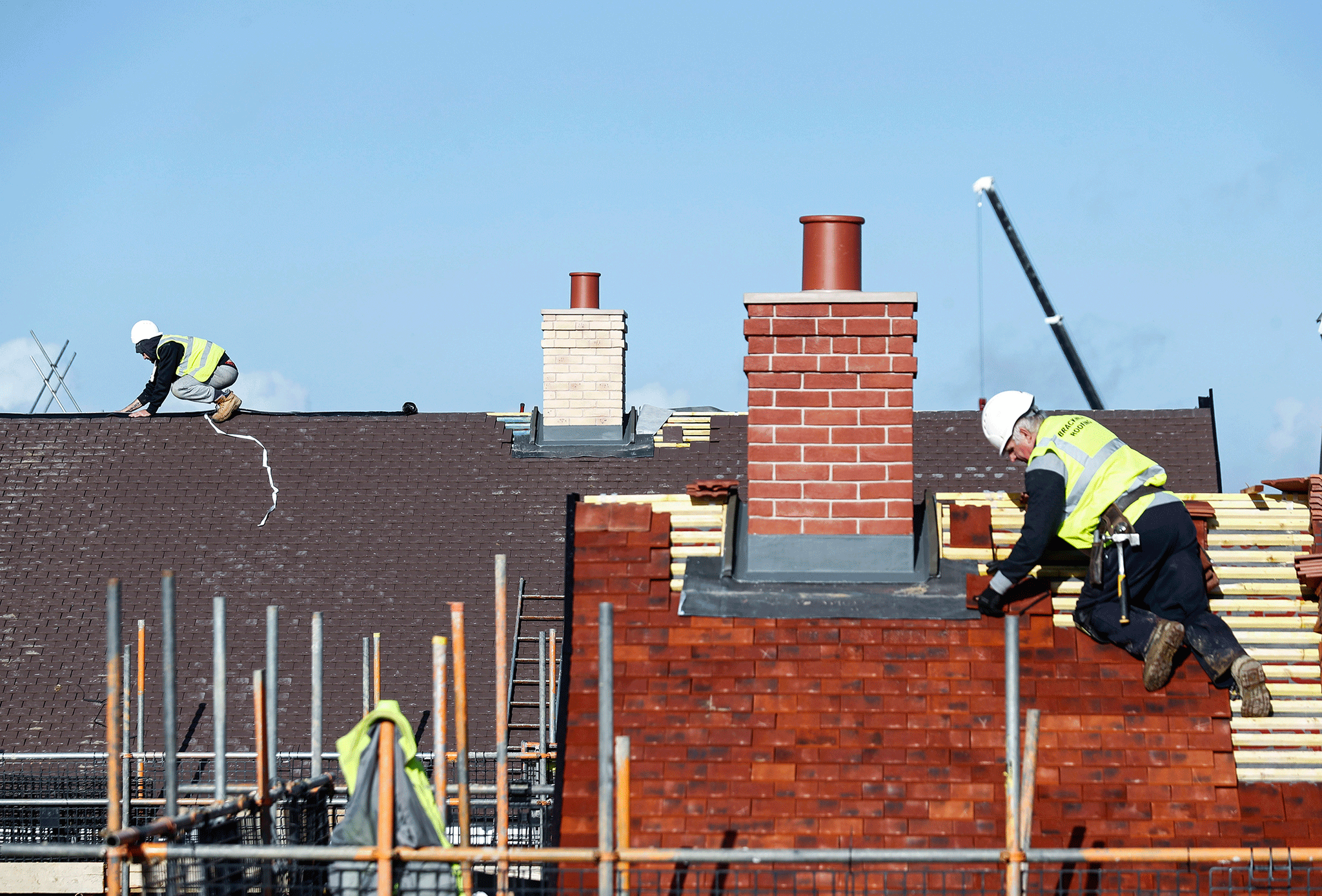Good riddance to Roger Scruton – now let’s purge the rest of the planning and conservation cabal
Is it really so outlandish to suggest those who will use new housing should have a say in its design and construction?


I spent a day this week driving around the middle of Norfolk. My deliberately circuitous route followed narrow lanes through vast ploughed fields, the hedgerows bursting with blossom. I noticed that estate agents carefully photograph any property for sale in a way which excludes the next door neighbours.
That’s because hamlets and villages all over the UK are being artificially “grown” – the UK is in the middle of a massive building boom, mostly on greenfield sites, and few people want a bunch of new homes nearby because it diminishes the value of their property.
That’s the big housing contradiction in a nutshell – civilised people agree that everyone deserves somewhere decent to live, as long as it’s not right next door or on the edge of their community.
The fields and meadows of rural England have become a battleground between developers and outraged local residents as councils struggle to meet the targets for new housing set by central government. Any proposal is met with a barrage of protests from action groups, environmentalists and local history societies.
The story repeats itself continually as existing residents will not countenance a single field in their neighbourhood becoming housing, citing the “destruction” of their environment.
What’s the way forward? There has to be compromise, but at the moment middle England sees all new developments as a threat, an eyesore, not exactly ugly, but repetitive in style and unsympathetic to the architectural mix in high streets which can date back 400 years.
The purchasers of these new homes aren’t happy either – many turn out to be riddled with faults, with rooms too small for normal furniture, the garages too cramped for family cars. The landscaping is minimal and homes are often situated too far from local amenities and with no infrastructure.
In London, affordable housing is being provided at a catastrophically slow rate. Since Grenfell, there’s been a groundswell of opinion that tower blocks aren’t fit for purpose – an overreaction when they are perfect for single people, professionals and essential workers.
Given this ongoing crisis in housing provision, I can understand why the government set up the Building Better, Building Beautiful Commission to gather evidence and present a report suggesting how new developments could better reflect existing communities.
The brief includes looking for ways to involve local residents in the process so there would be fewer objections, and also – a difficult objective this – to promote better design. Aesthetics are highly subjective, and based on current evidence, most people don’t like modern architecture, full stop.
You might find it incredible that James Brokenshire, the minister for housing, communities and local government, then appointed the philosopher and reactionary Sir Roger Scruton as the chair of this committee tasked with doing such sensitive work.
Even more incredibly, there is not one person from groups who will be using the housing on the committee or among the specialist advisers. It is the usual overeducated, almost entirely white, middle-class lineup of architects, Tory sympathisers, Prince Charles toadies and professional property consultants.
One of the panel members, Nicholas Boys Smith (ex-Cambridge, tax expert, and commissioner for Historic England) runs a research group called Create Streets which demonises tower blocks and “ugly concrete” and seeks to solve the housing shortage in cities by building “tight terraces” – code for very small dwellings of one of two stories, just like the back-to-back dwellings of industrial England.
Great, as long as you don’t need a wheelchair or a baby buggy. The terraces might have handkerchief gardens, but (like tower blocks) they won’t work for everyone. Packed tightly together, what about privacy, noise, and access?
Scruton has now vacated the commission’s chair (after making some ill-judged remarks), and Brokenshire will be searching for a replacement. Would it be too controversial to suggest that he might consider the people who will be living in these new developments, ie the consumers?
Having studied architecture and built two houses, I can vouch for the predominance of the Three Ms in the profession – just like planning, it’s overwhelmingly middle class, male and middle aged, not to mention white. Architecture is changing, but slowly.
The construction industry is no better. Look at the website of Places for People, one of the largest property management and development groups in the UK. There you will see that the executive and non-executive boards only contain a single woman on each (one of whom is on Brokenshire’s commission), and the rest of them fit into the M categories described above.
The entire conservation industry is dominated by white middle class people who would not really welcome a new development in their street or their gorgeous historic neighbourhood. The members of Brokenshire’s committee for “beautiful buildings” already advise Historic England and the Town and Country Association. Are these really the people who will understand what it’s like to live on a housing estate on the edge of Thetford? Aesthetics is also the preserve of the overeducated, precious middle classes – handing out style bibles for the rest of us to ignore at our peril if we want to make our homes worth more.
The only way to build for EVERYONE in Britain is to reflect the attitudes and backgrounds of all parts of the community, not just the ones who shout the loudest.





Join our commenting forum
Join thought-provoking conversations, follow other Independent readers and see their replies